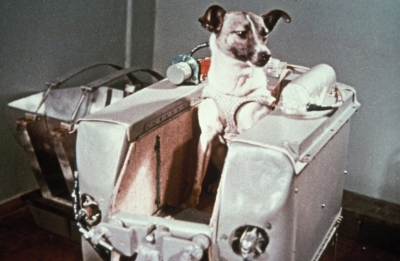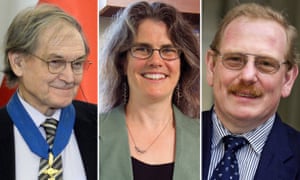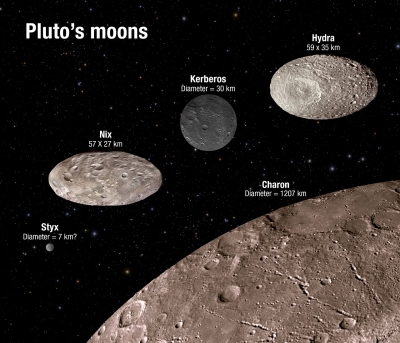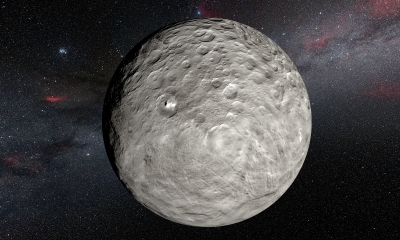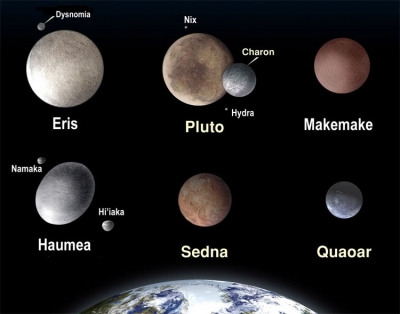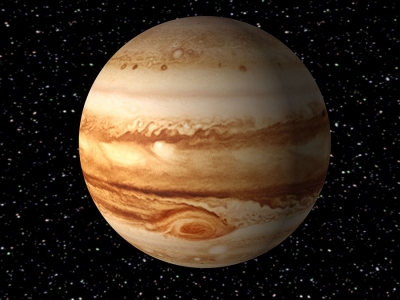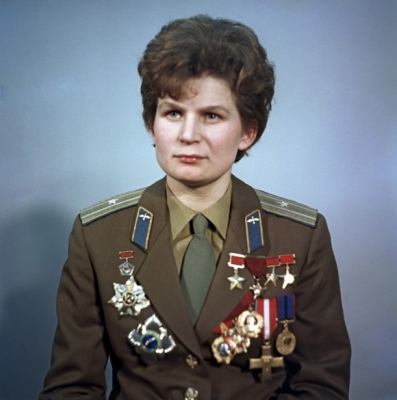What is a haemorrhage?
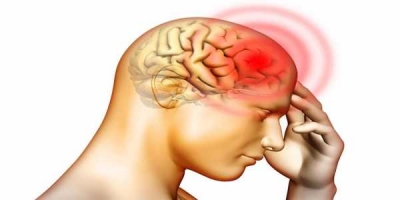
Bleeding, also called hemorrhage, is the name used to describe blood loss. It can refer to blood loss inside the body, called internal bleeding, or to blood loss outside of the body, called external bleeding.
Blood loss can occur in almost any area of the body. Internal bleeding occurs when blood leaks out through a damaged blood vessel or organ. External bleeding happens when blood exits through a break in the skin
When blood from trauma irritates brain tissues, it causes swelling. This is known as cerebral edema. The pooled blood collects into a mass called a hematoma. These conditions increase pressure on nearby brain tissue, and that reduces vital blood flow and kills brain cells.
Bleeding can occur inside the brain, between the brain and the membranes that cover it, between the layers of the brain's covering or between the skull and the covering of the brain.
Picture Credit : Google







